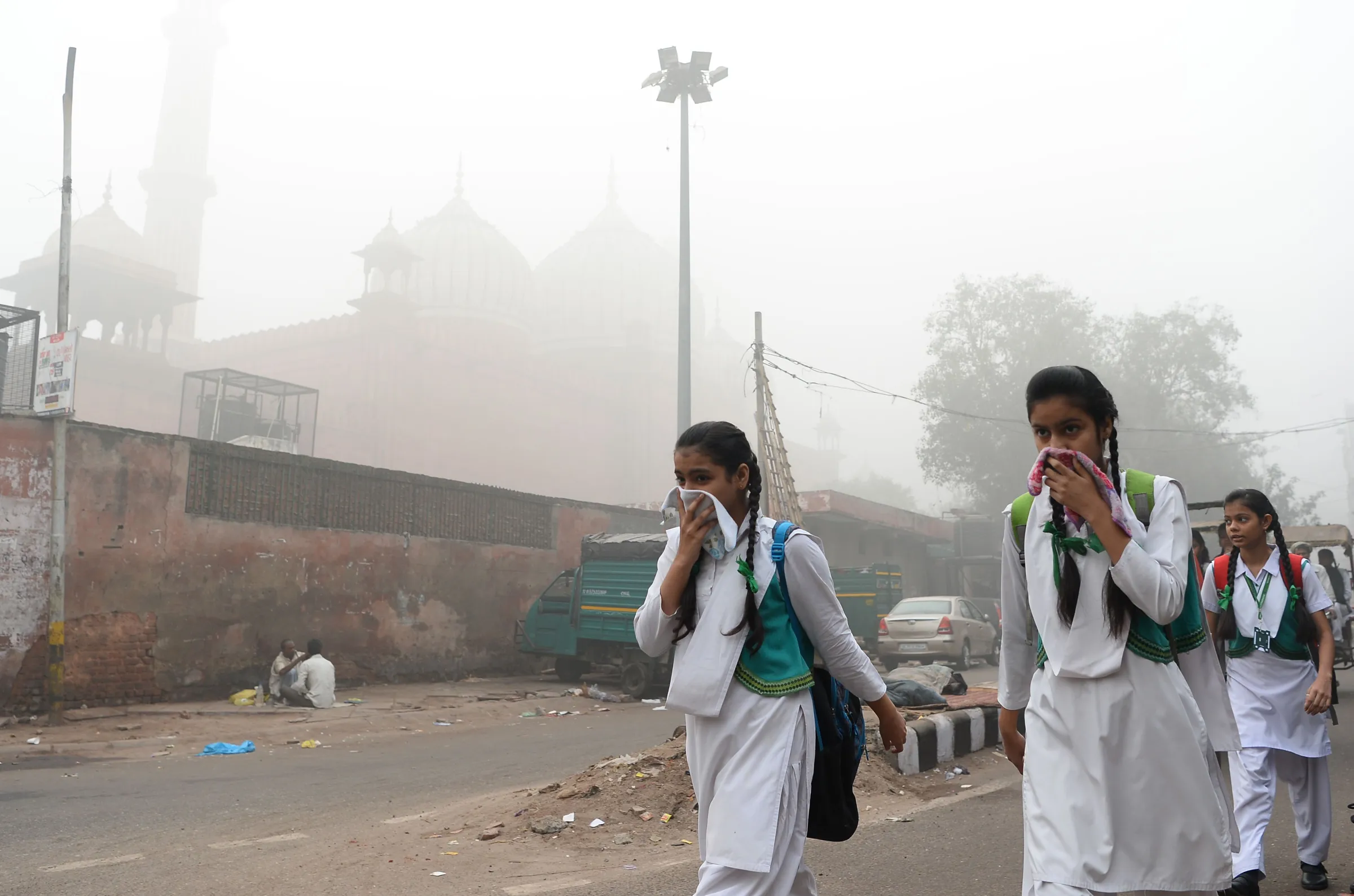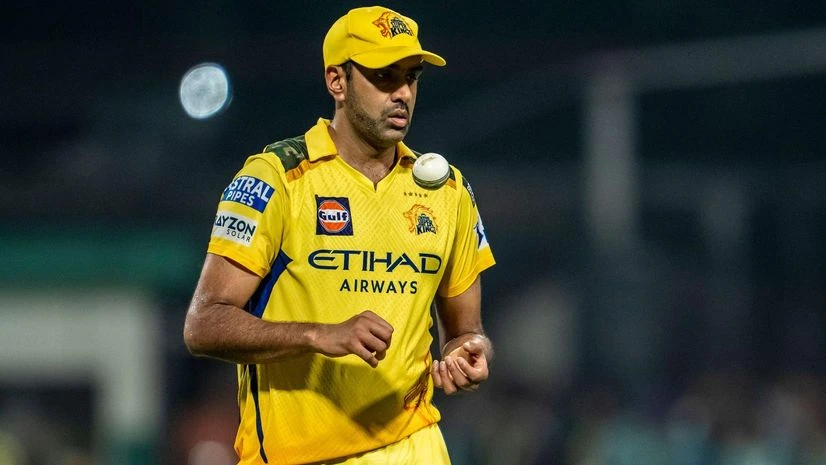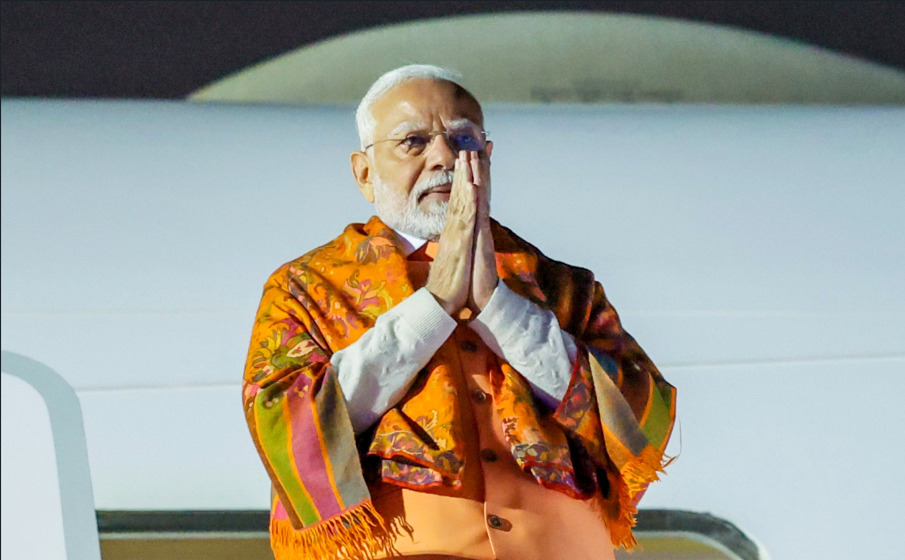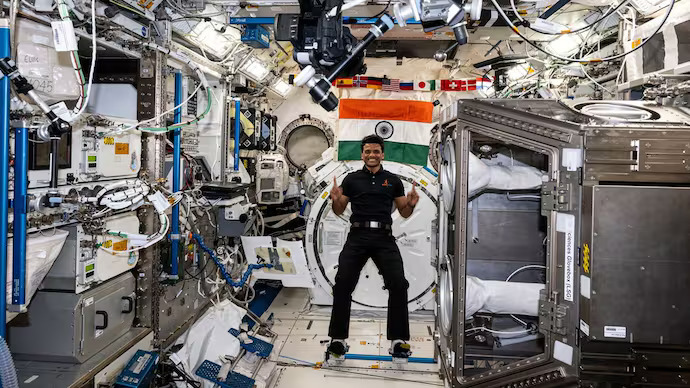Revisiting the 1857 Revolt: Beyond the first War of Independence!
- ByPrachi Sharma
- 27 Aug, 2025
- 0 Comments
- 2
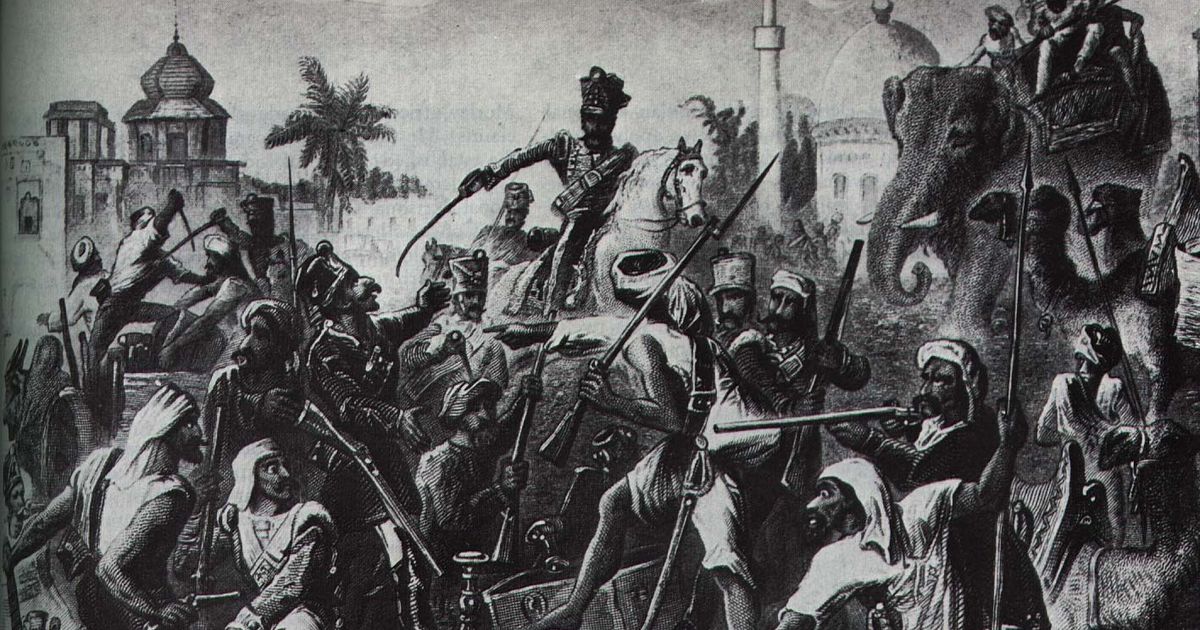
The 1857 uprising resists simple labels - it was simultaneously a sepoy mutiny, a broader civil rebellion, and, in post-colonial reflection, a symbol of India’s First War of Independence. Colonial narratives narrowly framed it as a ‘sepoy mutiny’, attributing it to military disobedience sparked by immediate grievances like greased cartridges.
Nationalist historians such as V.D. Savarkar recast the uprising as a unified anti-colonial revolt, arguing it reflected nascent nationalist sentiment . Yet this view perhaps overlooks regional fragmentation and varied local motivations - as pointed out by many modern scholars.
Marxist interpretations emphasize agrarian and class struggles, with peasants and dispossessed landlords, alongside sepoys, forming the revolt's backbone. Subaltern studies further recover marginalized voices, highlighting the role of local religious and economic leaders - such as the Prayagwal Brahmins - whose pre-planning and propaganda shaped rural participation.
Despite its symbolic weight, the uprising lacked cohesion - the rebels were regionally confined, lacked unified leadership, and failed to garner support from many princely states and elite classes .
In conclusion, the 1857 revolt cannot be neatly categorized. It was a complex, layered event - a military revolt that evolved into broader resistance, laying the groundwork for later nationalist movements.
Tags:
Post a comment
Why are Delhi’s low income families paying 15% of their...
- 19 Aug, 2025
- 2
Mountains matter : India’s fate is Himalayan!
- 29 Sep, 2025
- 2
Wastewater reuse : Key to solving India’s water crisis!
- 20 Sep, 2025
- 2
Romeeta Bundela : Breaking glass ceilings at Sea!
- 11 Sep, 2025
- 2
National designated authority to regulate India’s carbon markets!
- 19 Sep, 2025
- 2
Categories
Recent News
Daily Newsletter
Get all the top stories from Blogs to keep track.





